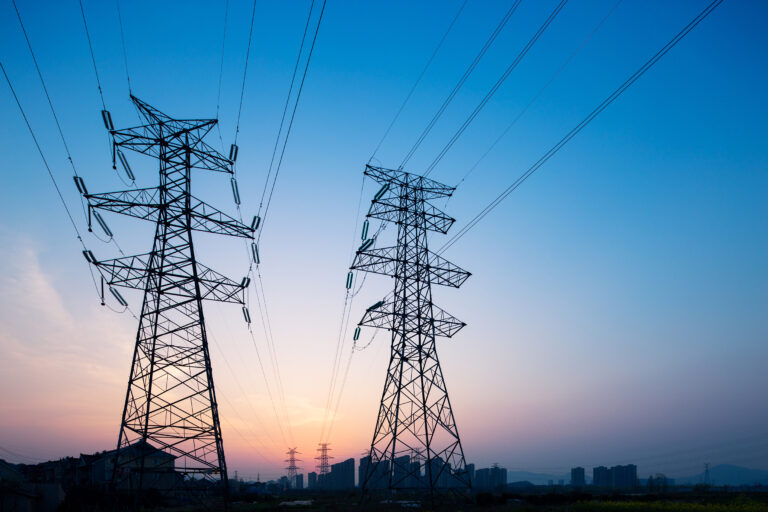
The business community has expressed serious concerns over the withdrawal of promised electricity relief and the extended outage of the 969-megawatt Neelum-Jhelum Hydropower Project (NJHP), warning that these developments could accelerate de-industrialization.
As per media reports, the concerns were raised during a public hearing held by the National Electric Power Regulatory Authority (Nepra), in response to the Central Power Purchasing Agency’s (CPPA) request for an Rs. 8.7 billion refund due to lower-than-expected fuel costs in June.
Industrialists criticized the government’s withdrawal of a Rs. 7.41 per unit electricity relief, initially announced by the Prime Minister in March. While the relief had reduced power costs to Rs. 29-30 per unit, rates have now surged to Rs. 34-35 per unit, putting additional strain on the industrial sector.
Additionally, the business community pointed out discrepancies between the promised reduction in power tariffs and the actual increase. The Special Investment Facilitation Council had committed to reducing industrial power tariffs to Rs. 25 per unit (around 9 cents) in the current fiscal year, but instead, rates have risen back to Rs. 34-35 per unit (11-12 cents). This has led to concerns that the government’s failure to meet its promises could push the industrial sector closer to a crisis.
The rising costs were further compounded by the inclusion of fertilizer subsidies in the pricing of RLNG, which has made electricity generation more expensive. Some industry leaders warned that these increases could force businesses into closure, as many are already struggling with financial pressures. Questions were also raised about the implementation of the promised removal of the 1.5% electricity duty, which was scheduled to end on July 1.
Representatives from the Federation of Pakistan Chambers of Commerce and Industry (FPCCI) and other industrialists discussed the growing use of solar energy, which they believe is improving the financial outlook for distribution companies. As solar energy replaces more expensive fossil fuel-based power, it is reducing transmission losses, particularly in high-loss areas.
In response, CPPA CEO Rehan Akhtar confirmed that the energy mix in June largely met expectations, with fuel costs slightly lower than projections. He explained that the minor savings led to a negative fuel cost adjustment, which would result in a 15 paisa per unit reduction for consumers in August, replacing the 50 paisa adjustment in June.
Akhtar also confirmed that the Neelum-Jhelum plant would remain non-operational for approximately two years due to technical issues identified in a recent study. He added that power consumption in June was 2% higher than the previous year and 7.6% more than May 2025, with total electricity delivered to distribution companies reaching 13,310 gigawatt hours (GWh).
